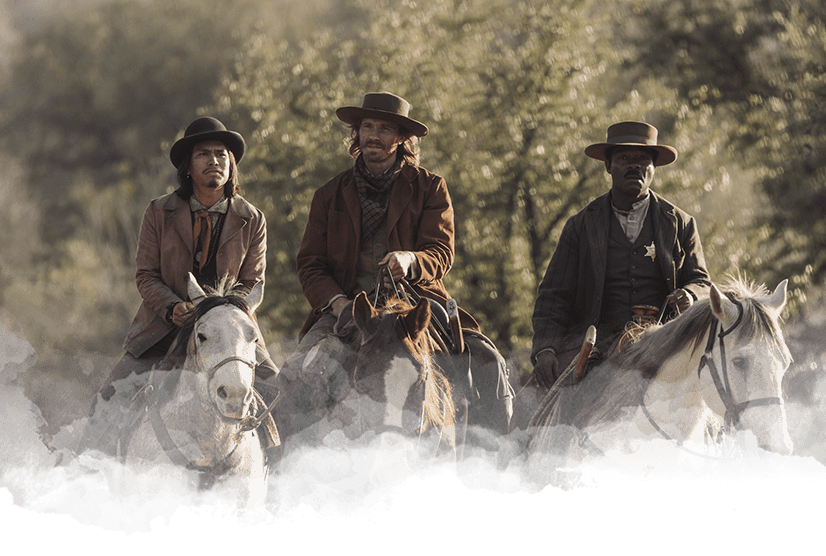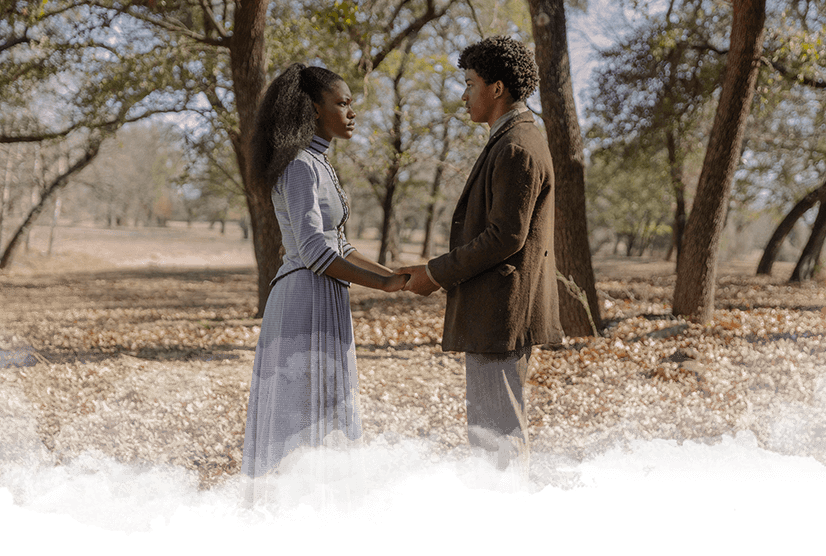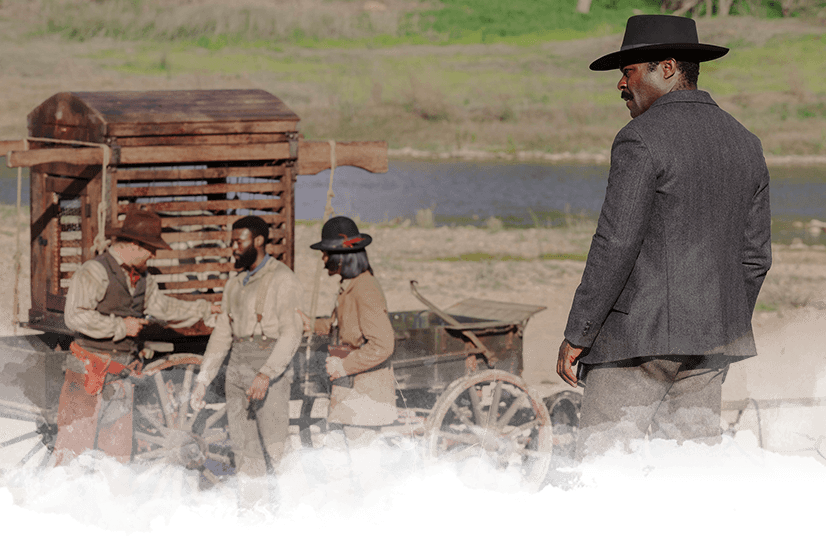Woods - Dolliver Cabin
PART IV
Bass Reeves had a modern penchant for disguise, or undercover work. He commonly dressed as a tramp or a cowboy, but his roleplaying went far beyond that. He rarely rode one of the well-bred quarter horses that the federal court provided deputy U.S. marshals or wore a badge proudly displayed. Instead, Bass wanted to blend into his environment so that he could potentially cozy up to his suspects, gather evidence, and arrest them without bloodshed. This pragmatic, nonviolent, and humble approach is the primary reason many historians claim that Bass was more than likely the inspiration for the Lone Ranger character depicted in books, radio, TV shows, and movies—because their similarities are uncanny.




























